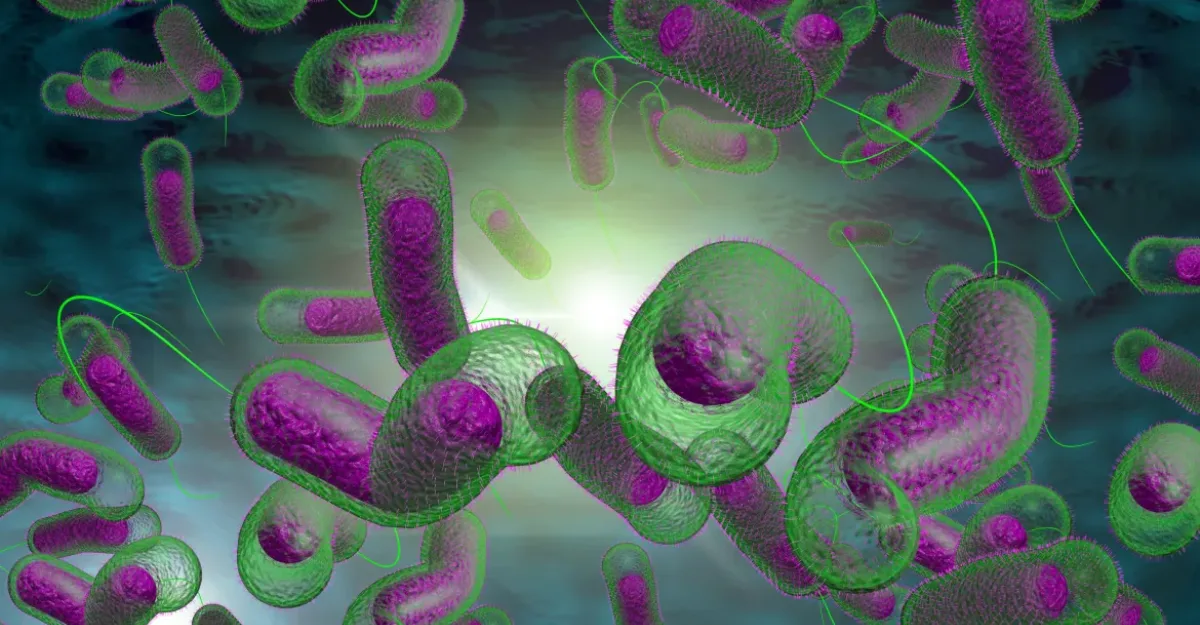Cholera Uncovered: Causes, Symptoms, and Life-Saving Treatments
Cholera is a potentially life-threatening infectious disease caused by the bacterium Vibrio cholerae. It is known for its sudden onset and rapid spread, particularly in areas with inadequate access to clean water and poor sanitation systems. The disease leads to severe watery diarrhea and dehydration, which can be fatal if not treated promptly. Cholera can affect people of all age groups, from infants to the elderly, and is often seen in outbreaks or epidemics, especially during floods or other disasters where water sources become contaminated.
Understanding Cholera as a Disease
Cholera is categorized as a bacterial illness, and its effects are mostly seen in the digestive system. The bacteria release a toxin that causes the intestines to secrete large amounts of fluid, leading to diarrhea. It is not a viral disease, nor does it spread through the air, but through contaminated food and water. While the infection can resolve with proper treatment, without timely care, the condition can escalate quickly.
How Cholera is Transmitted
The transmission of cholera occurs through the ingestion of food or water contaminated with the feces of an infected person. This commonly happens in places where there is open defecation, poor sewage management, or where drinking water mixes with waste. Food handlers who do not practice proper hygiene can also spread the bacteria. Though cholera is not directly contagious in casual contact, it is still a communicable disease due to its ease of spreading through shared resources.
Symptoms and Impact on the Body
After exposure, the symptoms of cholera can appear within hours or up to five days. The illness usually begins with sudden, painless, watery diarrhea that resembles rice water in appearance. Vomiting may also occur, along with mild fever in some cases. The most dangerous aspect of cholera is the speed at which the body loses fluids. Dehydration sets in quickly and can lead to complications such as low blood pressure, muscle cramps, shock, kidney failure, and unconsciousness. Without proper rehydration, this condition may result in death, particularly in children or the elderly.
Treatment and Recovery from Cholera
Cholera is treatable, and recovery is often complete if care is started early. The cornerstone of treatment is fluid replacement. Oral Rehydration Solution (ORS) is used to replace water and electrolytes lost due to diarrhea. In more severe cases, where the patient cannot drink or is severely dehydrated, intravenous fluids are administered. Antibiotics may be prescribed in some cases to reduce the duration and severity of the illness, though they are not always necessary.
It is essential to avoid anti-diarrheal medications, as they can interfere with the body’s ability to eliminate the bacteria. Once the patient is stable, normal feeding should be resumed to support healing and prevent malnutrition.
Preventing Cholera through Hygiene and Clean Water
Prevention of cholera is largely based on improving hygiene and ensuring access to safe drinking water. Washing hands thoroughly with soap after using the toilet and before eating can significantly reduce the risk. Drinking only boiled, filtered, or treated water and avoiding raw or improperly cooked food can also help prevent infection. Controlling flies and keeping food covered are practical ways to prevent contamination in high-risk areas.
Communities can reduce cholera outbreaks by improving sanitation infrastructure and ensuring that sewage does not contaminate drinking water sources.
Is Cholera Preventable by Vaccination?
Vaccines for cholera do exist and are recommended for people living in or traveling to high-risk areas. However, the protection offered by current vaccines is limited and takes time to develop. As such, vaccination is considered a supportive measure rather than the primary method of prevention. During an ongoing outbreak, vaccination is less effective in halting spread due to the delay in developing immunity.
Origins of the Disease and Scientific Discovery
The bacterium responsible for cholera, Vibrio cholerae, was first linked to the disease in the 19th century. Although Italian physician Filippo Pacini observed the bacteria in 1854, it was Robert Koch who conclusively identified the organism and its role in cholera outbreaks. The first vaccines were developed in the following decades, with modern oral vaccines evolving over time to offer safer and broader protection.
How Cholera Dehydrates the Body
The core danger of cholera lies in the intense diarrhea it causes. The intestinal cells, in response to the toxin released by Vibrio cholerae, release chloride ions and water into the gut. This leads to a rapid loss of body fluids and salts, which can cause the body’s systems to collapse if fluids are not replaced quickly. The kidneys may stop functioning due to poor circulation, and electrolyte imbalance can lead to seizures or unconsciousness.
Conclusion
Cholera remains a serious threat in areas lacking clean water and basic sanitation, but it is both treatable and preventable. Prompt fluid replacement, proper hygiene practices, and access to safe drinking water are the most effective ways to control the spread of this disease. While vaccines provide limited protection, long-term prevention depends heavily on public health initiatives and improved living conditions. With early recognition and timely treatment, recovery is often complete. Institutions like Kanchi Kamakoti CHILDS Trust Hospital (KKCTH) are well-equipped to provide expert care for children affected by cholera and other infectious diseases, ensuring the best possible outcomes through dedicated pediatric healthcare.




